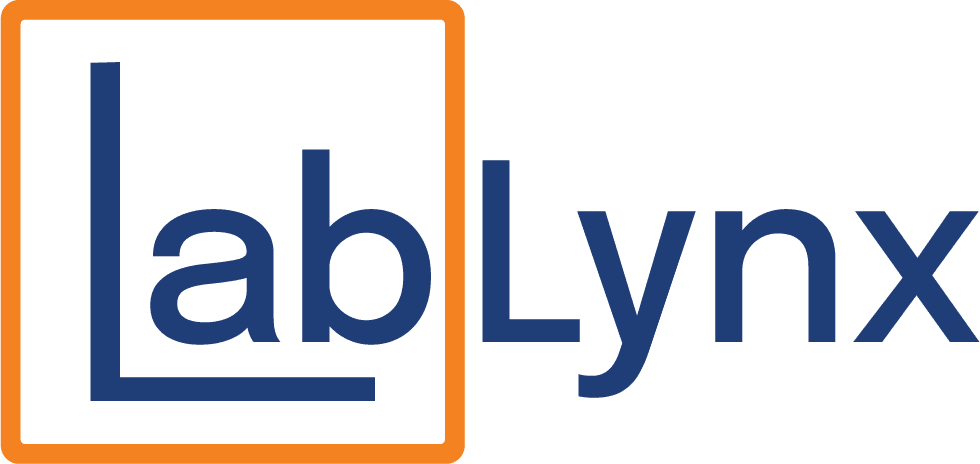
Environmental laboratories play a crucial role in safeguarding our planet’s health by analyzing samples for pollutants, contaminants, and other environmental hazards. However, the complex nature of environmental testing, coupled with stringent regulatory requirements, can create significant challenges for these labs. Fortunately, a Laboratory Information Management System (LIMS) can revolutionize how environmental labs operate, enhancing efficiency, accuracy, and compliance while promoting sustainable practices.
In this article, we delve into the top five reasons why a LIMS is an indispensable tool for any environmental laboratory aiming to thrive in today’s demanding landscape.
1. Enhanced Data Management and Accuracy
Environmental laboratories handle vast amounts of data from diverse sources, including sample collection, analysis, and reporting. Manually managing this data is not only time-consuming but also prone to errors. A LIMS provides a centralized repository for all laboratory data, ensuring easy access, organization, and retrieval.
With a LIMS, you can:
- Track Samples: From collection to disposal, a LIMS meticulously tracks every sample’s journey, including its location, status, and associated data. This minimizes the risk of mix-ups or lost samples, ensuring data integrity.
- Automate Data Entry: Manual data entry is a major source of errors in labs. A LIMS automates this process, capturing data directly from instruments and reducing the potential for human error.
- Centralize Data Storage: All lab data is securely stored in a central database, accessible to authorized personnel. This eliminates the need for paper-based records and facilitates data sharing and collaboration.
- Generate Reports: LIMS automates report generation, ensuring consistency, accuracy, and compliance with regulatory requirements. Reports can be easily customized and shared with stakeholders.
By digitizing and centralizing data management, a LIMS significantly improves data accuracy, reduces the risk of errors, and saves valuable time and resources.
2. Streamlined Workflows and Increased Efficiency
Environmental testing involves numerous complex workflows, from sample preparation and analysis to quality control and reporting. Manual processes can lead to bottlenecks, delays, and inefficiencies. A LIMS automates and standardizes these workflows, optimizing efficiency and reducing turnaround times.
With a LIMS, you can:
- Automate Repetitive Tasks: Routine tasks such as sample logging, calculations, and result validation can be automated, freeing up staff for more complex and value-added activities.
- Optimize Resource Allocation: A LIMS provides real-time visibility into laboratory operations, allowing you to identify bottlenecks, allocate resources efficiently, and optimize instrument utilization.
- Standardize Procedures: By standardizing workflows and enforcing adherence to standard operating procedures (SOPs), a LIMS ensures consistency and reproducibility of results.
- Facilitate Collaboration: LIMS enables seamless collaboration between lab personnel, managers, and other stakeholders, fostering efficient communication and knowledge sharing.
By streamlining workflows and eliminating manual bottlenecks, a LIMS enables environmental labs to process samples more efficiently, meet deadlines, and improve overall productivity.
3. Regulatory Compliance and Quality Assurance
Environmental laboratories must adhere to stringent regulatory requirements, such as ISO 17025, EPA regulations, and other industry-specific standards. Non-compliance can lead to legal issues, fines, and damage to reputation. A LIMS plays a crucial role in ensuring regulatory compliance and maintaining high-quality standards.
With a LIMS, you can:
- Document Control: A LIMS provides a centralized repository for SOPs, ensuring that all personnel have access to the latest versions and follow approved procedures.
- Audit Trails: LIMS maintains comprehensive audit trails, documenting every action taken on data, ensuring traceability and accountability.
- Quality Control: A LIMS helps you monitor and control the quality of your testing processes through automated quality checks, instrument calibration tracking, and result validation.
- Data Security: LIMS incorporates robust security measures to protect sensitive environmental data from unauthorized access, ensuring confidentiality and integrity.
By automating compliance tasks, maintaining audit trails, and enforcing quality control measures, a LIMS helps environmental labs demonstrate their commitment to regulatory compliance and quality assurance.
4. Cost Savings and Improved Resource Utilization
While implementing a LIMS requires an initial investment, it can lead to significant cost savings in the long run. By automating manual processes, reducing errors, and optimizing resource utilization, a LIMS improves laboratory efficiency and reduces operational costs.
With a LIMS, you can:
- Reduce Labor Costs: Automation reduces the need for manual data entry and other repetitive tasks, allowing you to redeploy staff to more complex activities.
- Minimize Reagent Waste: A LIMS helps you track reagent usage and expiration dates, minimizing waste and optimizing inventory management.
- Optimize Instrument Utilization: By monitoring instrument usage and scheduling maintenance, a LIMS helps you maximize the lifespan of your equipment and avoid costly downtime.
- Improve Turnaround Times: Faster turnaround times can lead to increased revenue and customer satisfaction.
By reducing costs and improving resource utilization, a LIMS can contribute to the financial sustainability of your environmental laboratory.
5. Environmental Sustainability and Green Initiatives
Environmental laboratories are not only tasked with protecting the environment but also with operating in an environmentally responsible manner. A LIMS can contribute to sustainability efforts by reducing paper usage, optimizing energy consumption, and minimizing waste generation.
With a LIMS, you can:
- Reduce Paper Consumption: By digitizing data and automating reporting, a LIMS minimizes the need for paper-based records, contributing to a greener lab.
- Optimize Energy Usage: A LIMS can help you monitor and optimize energy consumption by tracking instrument usage and identifying opportunities for energy-saving measures.
- Minimize Waste Generation: A LIMS can help you track reagent usage and expiration dates, reducing waste and promoting responsible disposal practices.
By promoting digital workflows and resource optimization, a LIMS aligns with the core values of environmental laboratories, contributing to a more sustainable future.
In conclusion, a LIMS is a game-changer for environmental laboratories. By enhancing data management, streamlining workflows, ensuring regulatory compliance, reducing costs, and promoting sustainability, a LIMS empowers labs to achieve their goals and make a positive impact on our planet’s health.
If you’re ready to take your environmental lab to the next level, consider implementing a LIMS solution tailored to your specific needs. The benefits are undeniable, and the investment will pay dividends in the form of increased efficiency, accuracy, compliance, and sustainability. Contact LabLynx today for a free consultation to explore how our LIMS solutions can help you achieve your goals and drive your lab towards a brighter, more sustainable future.




